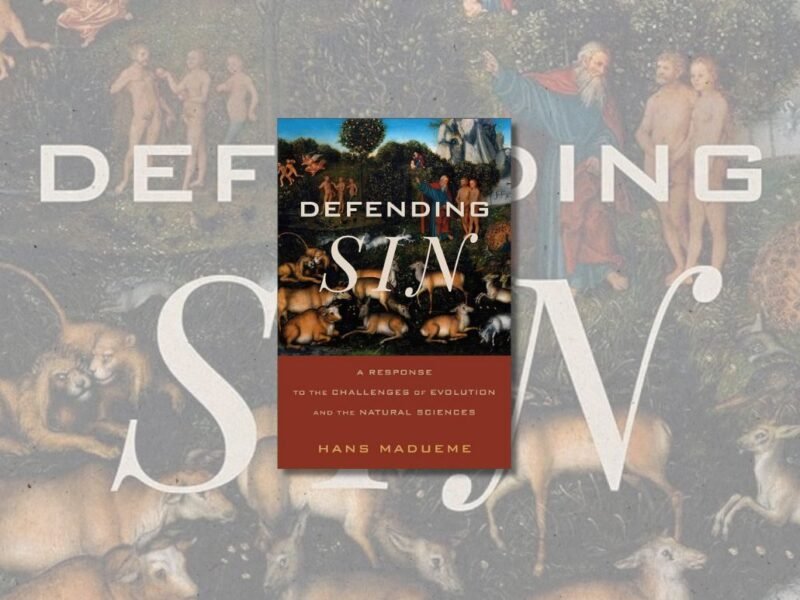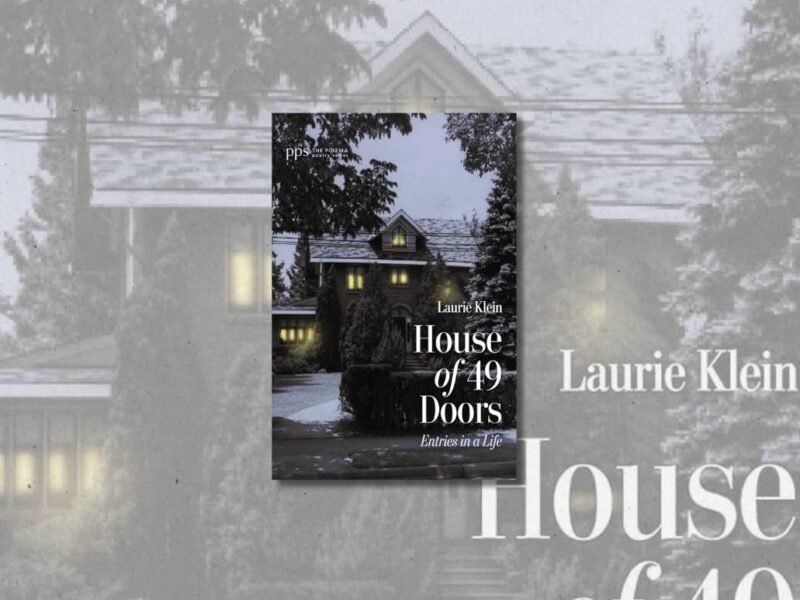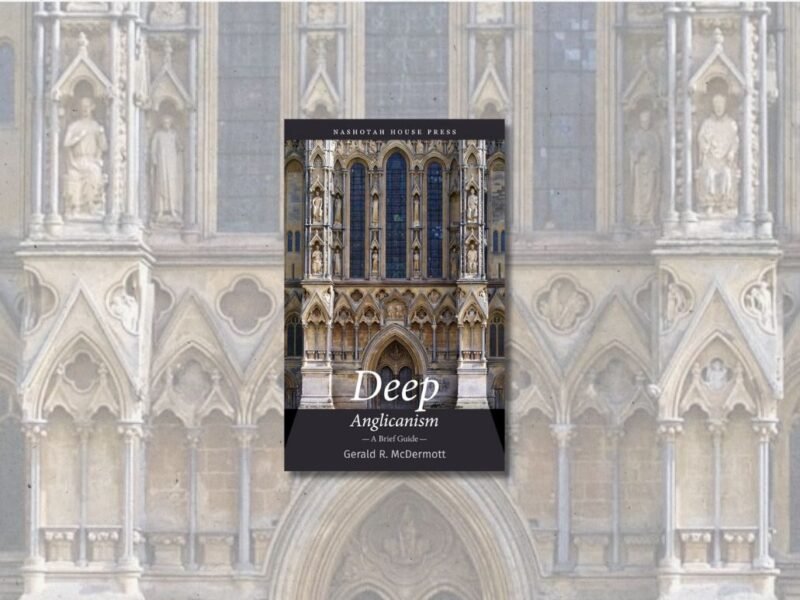Orthodox Anglican Identity: The Quest for Unity in a Diverse Religious Tradition. By Charles Erlandson. Eugene, OR: Wipf and Stock, 2020. 204 pp. $47 (hardcover); $26 (paperback)
When I first heard about Charles Erlandson’s Orthodox Anglican Identity, I assumed that the purpose of the book would be to define the precise limits of orthodox Anglicanism, asserting who is in, who is out, and on what grounds.
The task that Erlandson has in fact set for himself in the book is more nuanced and intriguing, and ultimately perhaps more valuable: “My task is a descriptive one: rather than prescribing what orthodox Anglicanism should be, I am attempting to describe the definitions of orthodox Anglicanism that orthodox Anglicans themselves are articulating and actually living out” (xviii).
Erlandson’s book could therefore be understood as a map of the present Anglican moment, summoning the reader to slow down and survey the topography of the orthodox Anglican movement as it stands. Throughout the process, Orthodox Anglican Identity identifies strengths and weaknesses of the current alliances that make up orthodox Anglicanism, all with the aim of equipping the Church to live more faithfully and wisely at this time in history.
Erlandson’s work is therefore a valuable resource for anyone seeking to explore the history and nature of the orthodox Anglican realignment and for anyone invested in the future of Anglicanism. To understand the Anglicanism that actually exists rather than our various idealized conceptions of Anglicanism (versions of the fabled “Golden Age” (xii) of Christianity) is an essential part of working for the betterment of the Anglican future.
Erlandson’s conclusions about the present state of Anglicanism, however, can be bleak. From his opening thesis that orthodox Anglican identity is “much more ambiguous and messier” (xvii) than typically assumed, to his diagnosis of an emerging “post-Anglican” Anglicanism (80) that will further weaken this identity, Erlandson often seems to identify more challenges than occasions for optimism. He suggests, however, that these difficulties are not unique but reflect the perennial situation of the church. This allows for “a strange sense of peace” in the knowledge that “we’re not alone in this circumstance and that the church has always had to work out its salvation with fear and trembling” (xiv). Equipped with a realistic appraisal of our messy religious identities, there remains hope that “we may yet find peace” (xiv).
Erlandson begins by summarizing the history of the orthodox Anglican realignment thus far, and this chapter is a valuable resource in itself for those who lack familiarity with this history. His main conclusion from his survey of this history is that, while orthodox Anglicans have a clear sense of what makes them orthodox (as opposed to liberal or progressive), they lack a shared consensus regarding what makes them specifically Anglican (11). The quest for this elusive essence of Anglican identity occupies much of the remainder of the book.
Erlandson constructs a model of religious identity that emphasizes interplay between its four essential elements: the ecclesial, normative, practical, and historical (20). Erlandson examines the first two of these elements (the ecclesial and the normative) with particular depth, searching for possible sources that might define a specifically Anglican identity. Many of these are proposed (communion with the See of Canterbury, the Primates’ Meeting, the Thirty-Nine Articles, the Book of Common Prayer, and Scripture itself), but all are ultimately found to be insufficient instruments for defining what is truly Anglican about the orthodox Anglican movement. This section of the book ends in a kind of aporia, with Erlandson identifying many sources of disunity within Anglicanism and noting a lack of unifying forces going forward.
In the final chapter of the book, Erlandson describes the complex relationships between the four main “spiritualities” that comprise modern orthodox Anglicanism: Anglo-Catholic, Evangelical, Charismatic, and Global (125). This chapter of the book is perhaps the most immediately useful for one trying to get a “lay of the land” of the present Anglican moment. His diagnoses of these various spiritualities and how they interact with one another are often astute and hold great explanatory power for anyone trying to make sense of their own experience within the wide world of Anglicanism! Yet here too Erlandson’s conclusions are somewhat bleak; he suggests that the coexistence of these competing spiritualities frustrates any attempt to discern a true source of Anglican identity. This creates a situation in which “it appears that if a group identifies itself as Anglican, then it is” (161).
Erlandson concludes Orthodox Anglican Identity with the hope that his book will have allowed “ecclesial spouses” of the orthodox Anglican movement to “know who it is they have married (167)”. In this task, I think the book is a great success, with its rigorous and thoughtful analysis of our Anglican moment. He also manages to end on a note of hope, suggesting that the current crisis in Anglican identity might ultimately contribute to the cause of Christian unity (168). While Orthodox Anglican Identity is mostly perhaps a diagnosis of orthodox Anglicanism’s ills, Erlandson never loses sight of God’s promise of the healing that He will bring to His whole church.
One might suggest that Erlandson could have opened up Orthodox Anglican Identity to a wider audience by more clearly establishing why Anglican identity (or any denominational identity) actually matters at the outset of the book. Many of those who I’ve encountered in my own journey in Anglicanism seem most committed to a sort of “mere Christianity,” even if they consider Anglicanism to be (in Erlandson’s own words) “the best boat to fish from” (135). In this view, what is the problem with having an undefined essence of Anglicanism as long as we maintain the historic truths of the broadly Christian faith? Why is it necessary to define the specifically Anglican aspect of the orthodox Anglican movement rather than settle for this mere Christianity?
Erlandson associates this perspective with Evangelicalism and obviously finds it problematic (135). Yet one perhaps wishes that he spent more time addressing these questions. To do so might make large parts of Orthodox Anglican Identity more compelling and accessible to members of the orthodox Anglican movement who have not yet drunk deep at the wells of Anglican history or doctrine.
Nevertheless, Erlandson has provided a valuable resource for anyone trying to live faithfully within our Anglican moment. For anyone seeking to steward the present or future of the orthodox Anglican movement, Orthodox Anglican Identity is essential reading.






'Review: Orthodox Anglican Identity by Charles Erlandson' has no comments
Be the first to comment this post!